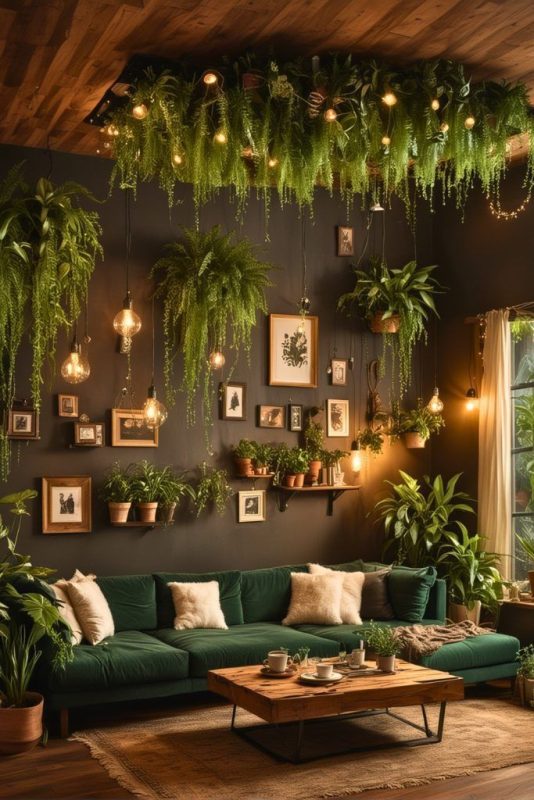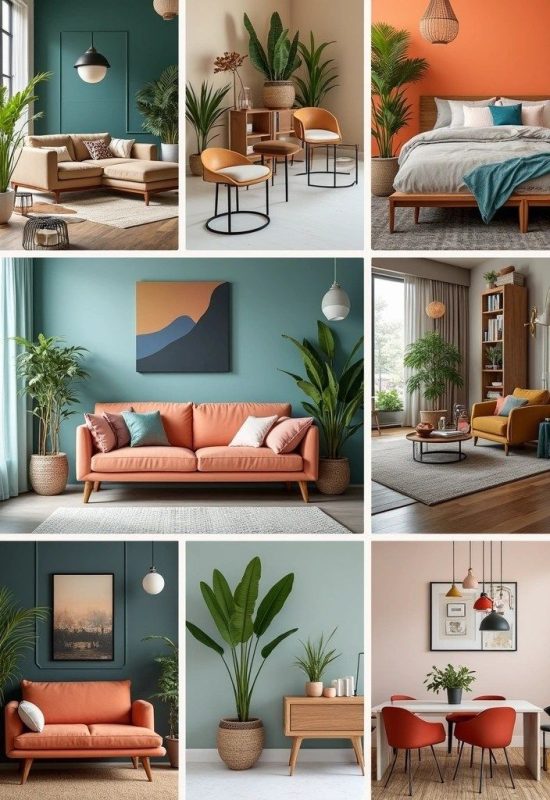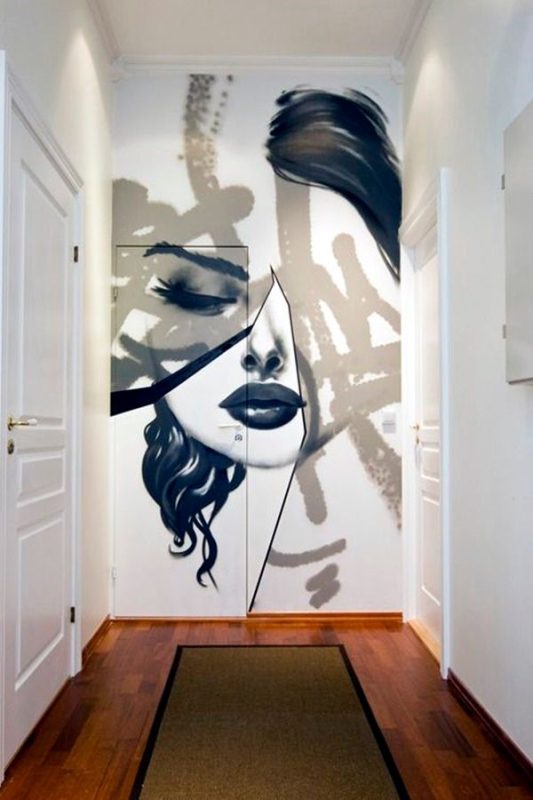Blog
The Art of Wall Painting and Designing: Transforming Spaces with Color, Texture, and Creativity in Modern Interiors
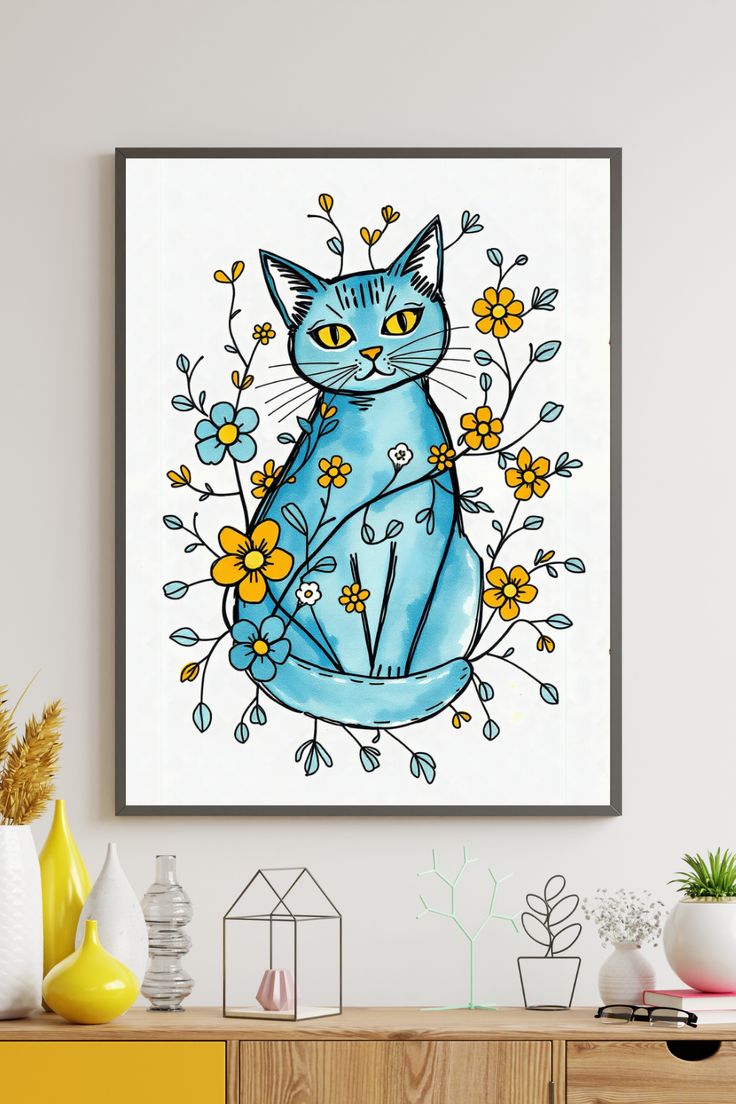
In the world of interiors, walls are often the most underutilized element. While furniture, flooring, and lighting get much of the attention, it’s the walls that silently set the stage for your entire space. With the right approach to wall painting and designing, these blank canvases can come alive—adding depth, warmth, and personality to your rooms.
This blog aims to spread awareness about the powerful role walls play in interior designing, and how thoughtful paint choices and wall treatments can completely redefine your home or office environments.
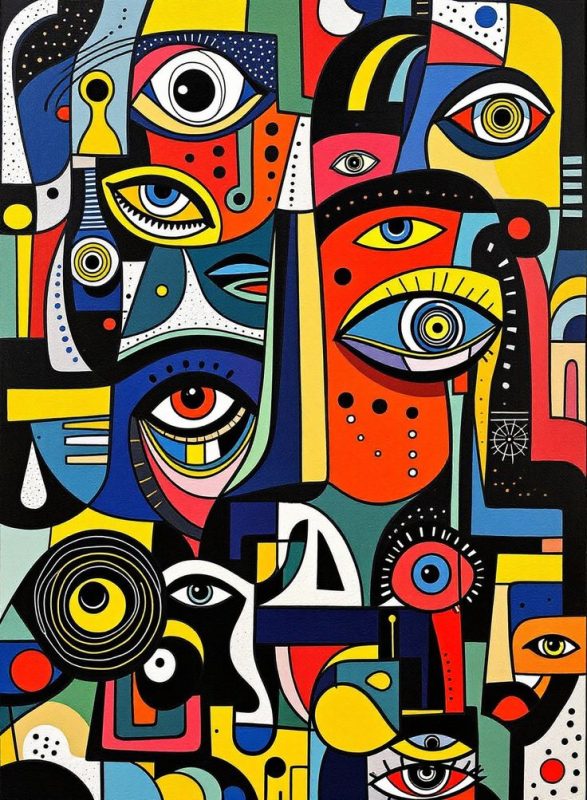 Why Wall Painting and Designing Is More Than Just Color
Why Wall Painting and Designing Is More Than Just Color
When people hear “wall painting,” they often think of simply choosing a shade from a paint chart. But modern wall painting and designing goes far beyond that. It’s an intentional design choice that can influence mood, enhance space perception, and reflect the style of the people living within the space.
Designers today approach walls with creative and technical strategies. From color psychology to textured finishes, each element is selected with care to create a unified, expressive interior. Whether it’s a tranquil bedroom, a vibrant living room, or a sleek office, your walls contribute silently—but significantly—to how the space feels.
Wall Design as a Key Element in Interior Designing
A well-designed wall can make a room feel luxurious, energetic, spacious, or serene. It acts as a visual anchor that connects furniture, flooring, lighting, and décor.
Professional designers often use walls to solve spatial challenges or bring harmony to a room. For instance, in a narrow hallway or a compact apartment, certain paint techniques can create the illusion of depth. In large open-plan spaces, different wall treatments can define zones without the need for partitions.
In this way, wall painting and designing becomes a crucial tool in the hands of an interior designer—not just for decoration, but for storytelling and function.
Using Wall Colors to Influence Mood and Energy
Color plays a huge psychological role in interior spaces. Designers often work with clients to understand how they want a room to feel before choosing a palette.
Soft blues and greens are commonly used in bedrooms for their calming effects. In contrast, vibrant colors like mustard yellow or terracotta can energize social spaces like living rooms or kitchens. By applying this knowledge, designers use colorful wall painting ideas for cozy interiors that feel emotionally connected to the inhabitants.
The goal isn’t just to “match” a couch or a curtain—but to build an atmosphere. It’s a thoughtful process that brings both beauty and emotional resonance into the space.
 Texture and Finishes: Beyond Flat Paint
Texture and Finishes: Beyond Flat Paint
Texture is another powerful design element. A textured or layered wall finish can add richness and character to even the simplest room.
Modern design trends include techniques like sponge painting, stucco, lime wash, metallic finishes, and concrete effects. These treatments introduce dimension and movement to walls, giving them a tactile quality that flat paint can’t achieve.
For example, luxurious textured wall finishes for living rooms are becoming increasingly popular among homeowners who want more depth and sophistication in their décor. These finishes pair well with minimalist furniture and warm lighting to create elegant yet livable environments.
Accent Walls: Focal Points That Tell a Story
Another design trend that’s been embraced widely is the use of accent walls. An accent wall is typically one wall in a room that has a bold color, design, or texture—drawing the eye and serving as a visual centerpiece.
In the context of interior design, accent walls are incredibly versatile. They can add drama to a bedroom, offer contrast in a neutral living room, or highlight a dining area with a unique design.
When done right, accent wall painting techniques for modern interiors can elevate the entire room. Whether it’s a geometric pattern, a bold color block, or even a hand-painted mural, accent walls express personality while maintaining cohesion with the rest of the room.
Smart Wall Design for Small and Large Spaces
Every room, whether large or small, can benefit from strategic wall design. In small spaces, designers may use lighter colors or reflective paint finishes to make the room feel more open. In larger spaces, darker tones or patterned designs can add intimacy and comfort.
One of the most effective ways to deal with compact areas is through wall painting tricks for small room enhancement. Techniques like horizontal stripes can make a room appear wider, while vertical gradients can draw the eye upward and create a sense of height.
For expansive areas like lofts or large living rooms, using contrasting walls or divided sections helps create cozy pockets within an otherwise open plan.
 Personalized Walls: Murals, Art, and Statement Pieces
Personalized Walls: Murals, Art, and Statement Pieces
For those looking to go beyond paint and texture, wall design can become an artistic statement. Custom murals, large-scale wall art, decals, and even gallery walls are increasingly being incorporated into interiors.
In children’s rooms, whimsical themes or storybook scenes bring a sense of wonder. In more mature settings, abstract art or typography can add a layer of cultural or emotional depth.
These personalized elements are often part of creative wall design ideas for personal expression, helping turn your house into a reflection of who you are. It’s not about following trends, but about using your walls to tell your story.
Maintenance and Practicality in Wall Design
While creativity is at the heart of wall painting, practicality should never be overlooked. Designers select paints based on durability, washability, and how they interact with lighting.
Matte finishes may look elegant but can be harder to clean. Satin and eggshell finishes are popular for family homes due to their balance between beauty and function. For kitchens and bathrooms, moisture-resistant paints are a must.
Professional interior designers will guide you through choosing paints that are not just stylish but suited to your lifestyle. Because wall painting and designing isn’t just about how it looks on Day One—it’s about how it ages, adapts, and serves your needs over time.
Conclusion: Walls That Speak, Spaces That Inspire
In the broader world of interior designing, walls offer more than structure—they offer endless opportunities for creativity, comfort, and expression. With the right approach, wall painting and designing can set the tone for your entire space, tying all the design elements together with harmony and intention.
Whether you’re working with a professional or exploring ideas for your own space, don’t underestimate the power of your walls. From colorful wall painting ideas for cozy interiors to accent wall painting techniques for modern interiors, there’s a world of design waiting just behind the brush.


